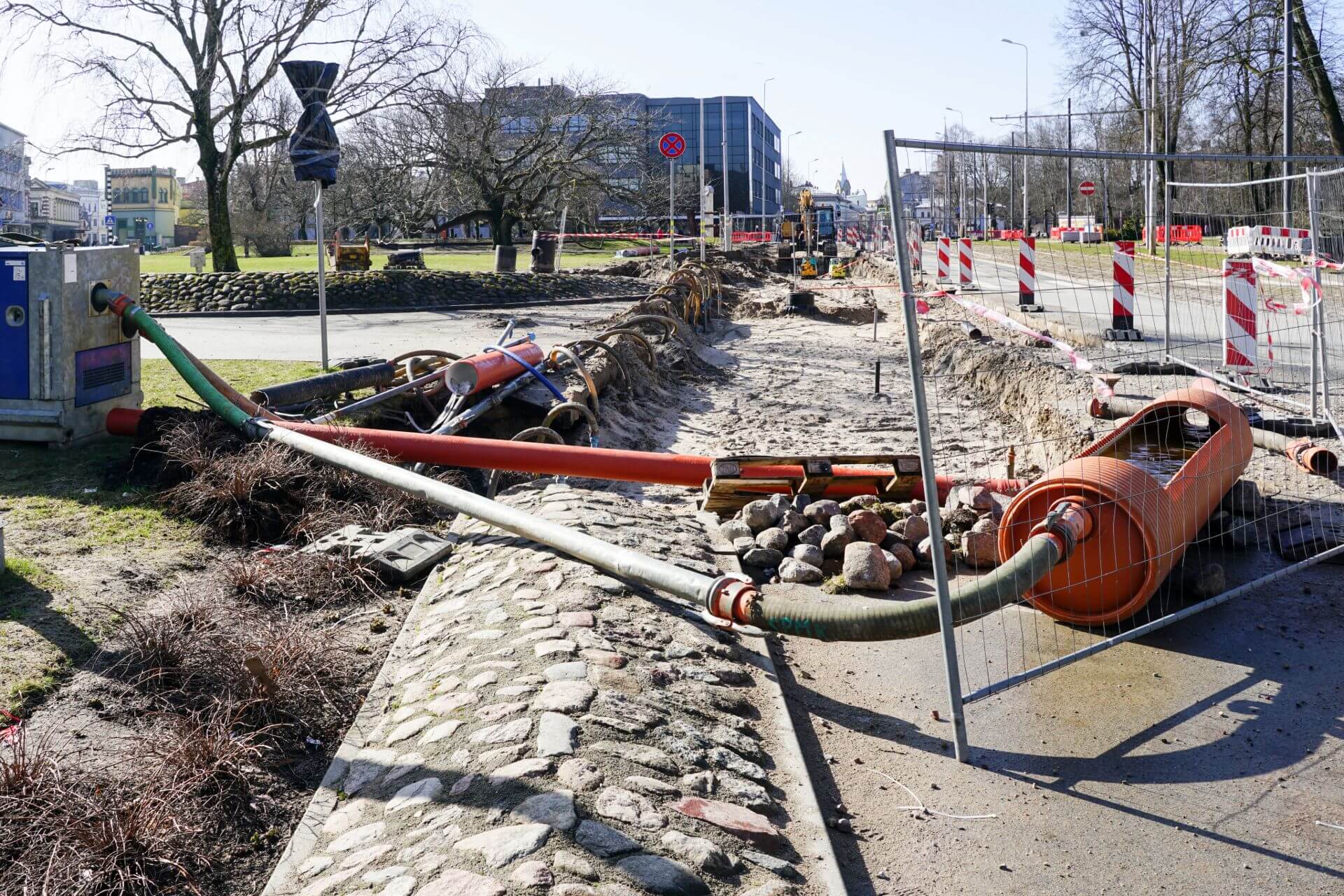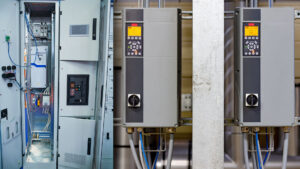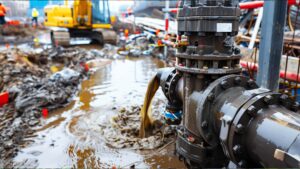In both industrial and municipal settings, effective sludge management is crucial for maintaining environmental compliance and minimizing operational burdens. Sludge dewatering equipment plays a crucial role in separating water from solid waste, thereby significantly reducing the volume of sludge that must be transported and treated. This not only minimizes disposal costs but also improves overall site efficiency.
Selecting the right sludge dewatering equipment can significantly impact long-term performance and financial return. Equipment that is poorly matched to your sludge characteristics or site conditions can lead to increased maintenance, higher energy consumption, and inefficient operations. In contrast, a well-chosen system ensures consistent performance, lower operational costs, and faster processing times.
This article focuses on how selecting the right equipment can maximize return on investment (ROI), with special attention to the growing demand for mobile dewatering equipment. These portable solutions offer flexibility, cost savings, and scalability, making them a strategic choice for dynamic or temporary sludge treatment applications.
Understanding the ROI Equation in Dewatering Projects
Maximizing return on investment (ROI) in sludge management starts with a clear understanding of both the financial and operational variables that impact project costs. In this context, ROI refers to the measurable benefits gained from investing in efficient sludge handling solutions compared to the total expenses incurred throughout the equipment’s lifecycle. Selecting the right sludge dewatering equipment is a critical component of this equation, as it directly influences operational expenses, long-term maintenance, and disposal efficiency.
Sludge handling involves both direct and indirect costs. Direct costs include equipment purchase, installation, energy usage, labor, and routine maintenance. Indirect costs, which are often overlooked, include site downtime, environmental compliance penalties, excessive transportation fees resulting from high sludge volumes, and premature equipment failure. Using inappropriate or outdated sludge dewatering equipment can significantly increase these hidden expenses.
The operating expenditure (OPEX) of sludge management systems is particularly sensitive to the capabilities of the chosen equipment. For example, higher-performing systems can drastically reduce labor hours by automating processing tasks, minimize hauling expenses by producing drier sludge cakes, and lower energy bills through efficient design. In many cases, mobile dewatering equipment has proven to be a cost-effective alternative for facilities that deal with variable sludge volumes or require seasonal treatment flexibility.
Mobile dewatering equipment is particularly beneficial for municipalities, industrial contractors, and environmental service providers that require rapid response times to changing project sites. Its portability eliminates the need for permanent infrastructure, reducing lead times and translating to quicker deployment and faster ROI. Moreover, it enables decentralized treatment—sludge can be processed at the source, minimizing transport and boosting sustainability metrics.
Key performance indicators for evaluating sludge dewatering equipment include dryness level (measured by solids concentration), throughput capacity (the amount of sludge that can be processed per hour), and energy efficiency (the power consumed per ton of processed sludge). Higher dryness reduces disposal costs, increased throughput enhances productivity, and better energy performance ensures lower utility expenses.
When these factors align, organizations can achieve significant savings and faster payback, making a well-informed investment in sludge dewatering equipment a strategic financial decision.
Types of Sludge Dewatering Equipment and Their ROI Implications
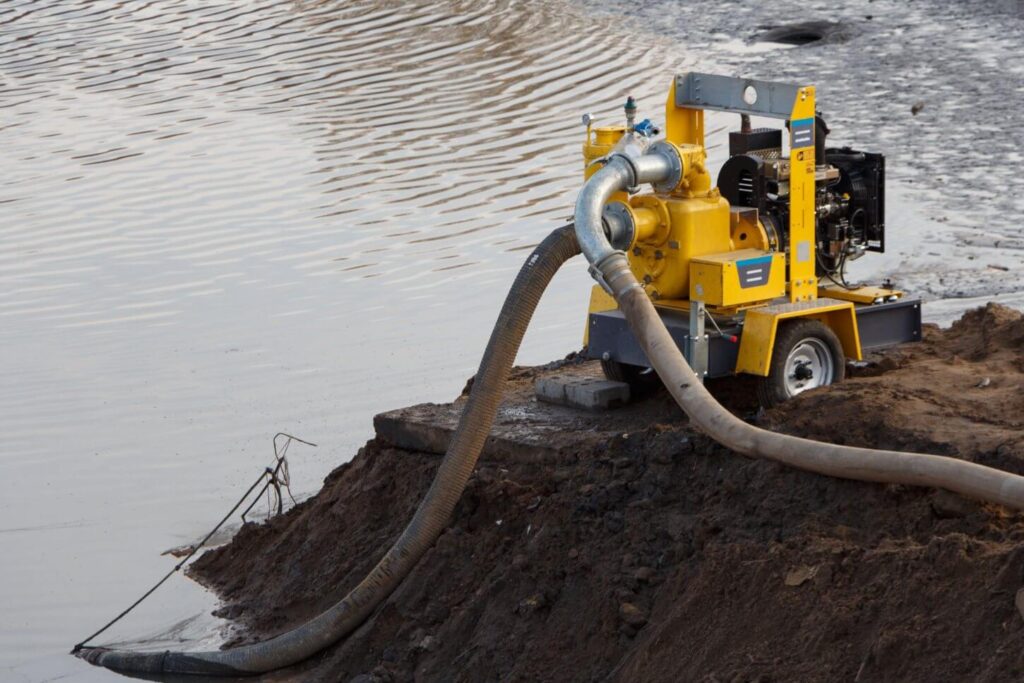
There are several types of sludge dewatering equipment available, each with unique strengths, limitations, and return on investment (ROI) implications. Understanding the functionality, costs, and performance of each system is crucial for making informed decisions that align with your operational goals and budget.
Belt Filter Press
This type of sludge dewatering equipment is widely used in municipal and industrial settings due to its relatively low capital cost and simple operation. It is ideal for applications where large volumes of sludge need to be processed with moderate solids content. Operating costs are generally low, but the equipment requires consistent monitoring. Maintenance involves regular belt cleaning and replacement, and staffing is often needed for supervision and operation. While it delivers acceptable dryness levels, the ROI may vary depending on labor availability and sludge characteristics.
Centrifuge Systems
Centrifuges offer high-speed processing and superior solid-liquid separation, making them well-suited for facilities with high sludge volumes and strict disposal requirements. Although this sludge dewatering equipment requires high initial capital expenditure (CapEx), it often yields lower long-term disposal costs due to its ability to produce drier sludge cakes. Maintenance is more complex, and energy consumption is relatively high, but reduced hauling costs can significantly enhance ROI over time. For operations with space constraints and high throughput demands, centrifuges can be a strong investment.
Screw Press
Known for its continuous operation and low energy consumption, the screw press is a compact sludge dewatering equipment option suitable for small to medium-sized facilities. It operates quietly and requires minimal operator attention, reducing labor costs. Its simple design also leads to lower maintenance demands. Although its dewatering performance may be moderate, the screw press offers steady ROI, especially in facilities seeking low-energy, automated solutions.
Geotube or Passive Systems
These are among the lowest-cost sludge dewatering equipment options in terms of capital expenditure (CapEx), but they require significant land space and lengthy processing times. While effective for temporary or low-volume applications, their slow performance and limited control over output dryness lead to slower ROI. They are often complemented by mobile dewatering equipment to improve flexibility and response time.
Choosing the most cost-effective system depends on sludge characteristics, site logistics, and whether mobile dewatering equipment is needed to support decentralized or temporary operations.
The Growing Value of Mobile Dewatering Equipment
Mobile dewatering equipment refers to portable, self-contained systems designed to remove water from sludge at or near the source of generation. Unlike stationary systems, which require permanent infrastructure and utility connections, these units are mounted on trailers or skids, allowing them to be transported easily between sites. They offer the same essential functionality as traditional sludge dewatering equipment but with greater flexibility and rapid deployment capabilities.
One of the key advantages of mobile dewatering equipment is its portability. These systems can be mobilized on demand to respond to emergency spill situations, seasonal increases in sludge volume, or temporary job sites. This flexibility significantly reduces hauling costs, as sludge can be treated onsite, minimizing the volume that needs to be transported for final disposal. It also allows organizations to maintain continuity of operations during equipment failure or plant upgrades, without investing in permanent installations.
Industries that benefit most from mobile dewatering equipment include mining, construction, oil and gas, disaster response, and municipalities with remote treatment facilities. These sectors often deal with fluctuating sludge volumes or operate in areas without existing dewatering infrastructure. Mobile units provide a fast, efficient, and scalable solution for such dynamic environments.
When it comes to ownership versus rental, the decision depends on the frequency of usage and the project duration. Renting mobile dewatering equipment is often ideal for short-term needs, one-time projects, or emergency scenarios. It eliminates upfront capital costs and includes maintenance support. On the other hand, purchasing a unit may offer better ROI for companies with consistent, ongoing sludge dewatering demands. Ownership provides more control over scheduling, equipment condition, and customization.
In terms of ROI comparison, mobile units often outperform stationary sludge dewatering equipment in projects where agility, rapid deployment, and site flexibility are top priorities. While stationary systems may be more efficient in high-volume, centralized operations, they require longer installation times and higher upfront investment. Mobile solutions, by contrast, enable users to process sludge where and when needed, thereby reducing downtime and transportation expenses.
Ultimately, mobile dewatering equipment complements traditional sludge dewatering equipment by providing an agile, cost-effective option that supports operational efficiency, environmental compliance, and long-term financial savings.
How to Select the Right Sludge Dewatering Equipment for Maximum ROI
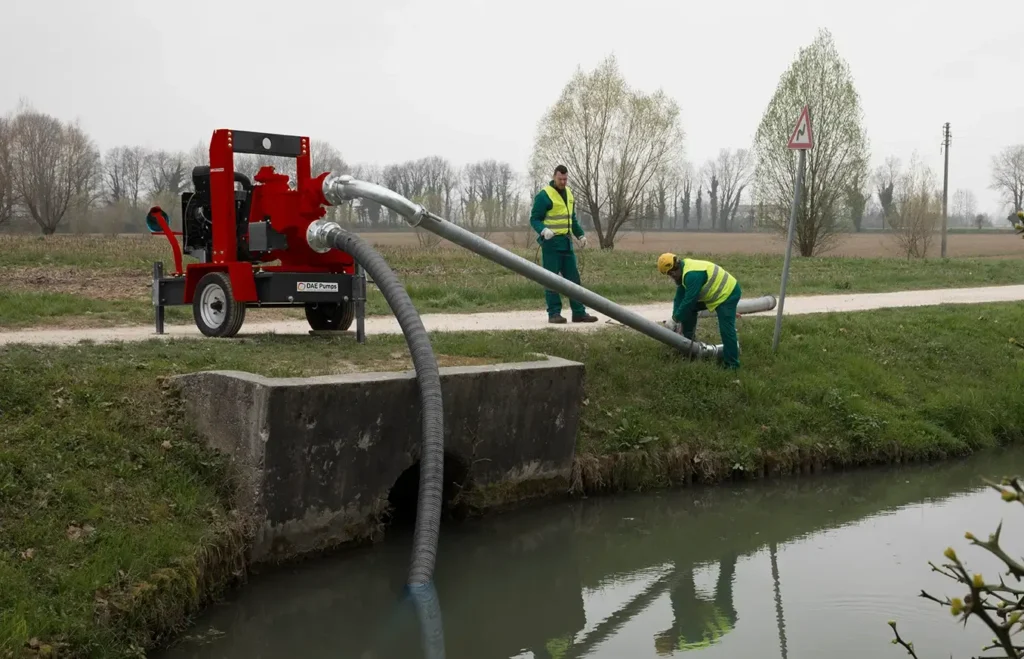
Selecting the right sludge dewatering equipment is crucial to achieving maximum return on investment. A poor match between equipment and site requirements can lead to inefficiencies, increased maintenance, and higher operational costs. To ensure optimal performance and cost-effectiveness, several key factors must be carefully evaluated.
Start by analyzing the characteristics of the sludge itself. The volume of sludge, its solids content, and abrasiveness all influence the selection of equipment. High-solids sludge may require more robust machinery with stronger components, while abrasive materials can wear down internal parts if the system isn’t designed for such conditions. Understanding these characteristics will help narrow down options that can handle your material efficiently and durably.
Next, assess your site constraints. Available space, power access, and the need for mobility all play a significant role in determining the choice of equipment. Some facilities may lack the room for large stationary systems, making compact or modular designs more appropriate. In such cases, mobile dewatering equipment offers a practical solution, especially for sites that operate on a temporary basis or require frequent relocation.
Desired dryness levels and throughput capacity are also essential considerations. Higher dryness reduces disposal volume and cost, but may require more energy-intensive equipment. Similarly, throughput needs should align with daily sludge generation rates. Choosing sludge dewatering equipment that underperforms in either of these areas can result in processing delays or increased disposal expenses.
Vendor reliability is another important factor. A reputable supplier should offer strong technical support, readily available replacement parts, and responsive service. Downtime due to part shortages or delayed repairs can significantly affect ROI. Evaluate vendors not only on price but also on long-term support and equipment lifespan.
Lastly, consider automation and integration. Advanced sludge dewatering equipment can be integrated with SCADA systems or automated controls to reduce labor and ensure consistent performance. This is particularly important for facilities aiming to minimize manual intervention and improve process monitoring.
For operations that require rapid deployment or work across multiple sites, mobile dewatering equipment provides unmatched flexibility while maintaining effective sludge processing. By carefully considering these factors, operators can select equipment that delivers both operational efficiency and a strong financial return.
Common Mistakes That Lower ROI
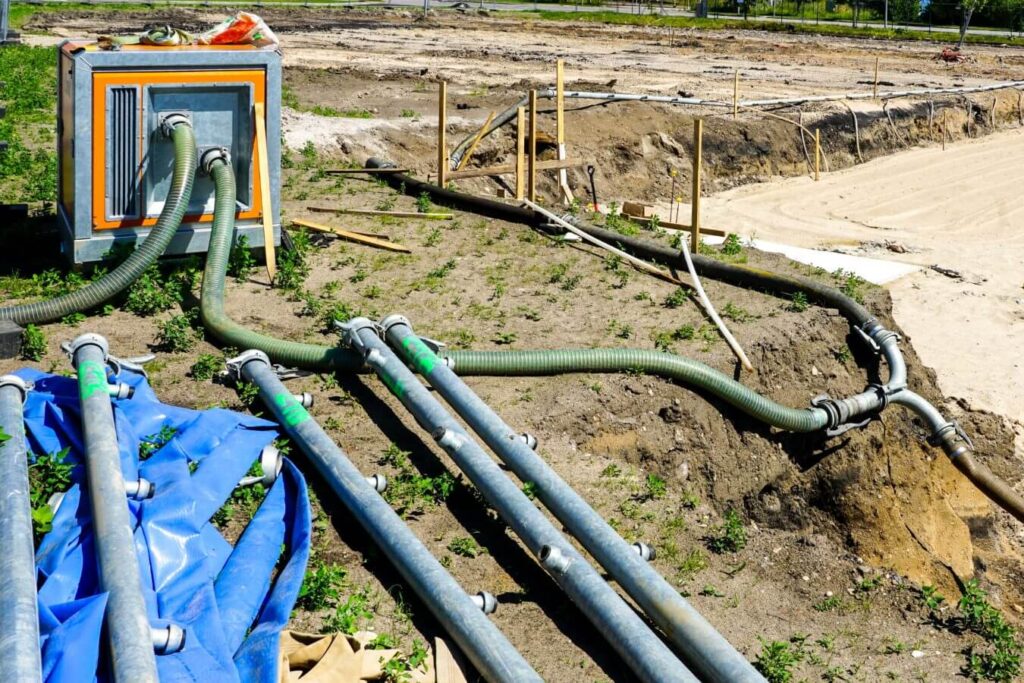
Maximizing ROI with sludge dewatering equipment requires more than just choosing a machine with the right price tag. Many facilities make avoidable mistakes during the selection and implementation process that ultimately reduce efficiency and increase costs over time.
One of the most common mistakes is overestimating equipment capacity. Facilities often purchase larger systems than necessary, thinking they are planning for future growth. However, oversized sludge dewatering equipment can lead to underutilization, wasted energy, and higher maintenance costs without delivering proportional benefits.
Choosing the wrong technology for the sludge type is another critical error. Not all sludge dewatering equipment is designed to handle the same types of materials. For instance, abrasive or fibrous sludge may damage certain systems, while high-water-content sludge may require different processing technology altogether. Using equipment not suited for your specific sludge characteristics can lead to breakdowns, inefficiencies, and a shortened equipment lifespan.
Failing to account for long-term maintenance costs is another factor that can erode ROI. Some systems may be affordable up front but require frequent servicing or part replacements. It’s essential to evaluate total lifecycle costs, not just the purchase price, when selecting sludge dewatering equipment.
Additionally, many operators neglect the impact of energy usage and component wear. Equipment that runs inefficiently or uses outdated motor systems can significantly increase utility bills and reduce overall profitability. This is especially relevant for continuous operations.
In scenarios requiring flexibility and short-term usage, mobile dewatering equipment can help avoid some of these pitfalls by offering adaptable solutions without the commitment of permanent infrastructure. Avoiding these common mistakes ensures that investments in sludge dewatering equipment yield measurable operational and financial benefits.
Conclusion
Sludge dewatering equipment plays a crucial role in reducing disposal costs, enhancing processing efficiency, and lowering overall operational expenses, which directly impact the bottom line. Selecting the right system ensures long-term reliability, optimized throughput, and effective moisture reduction, all of which contribute to higher ROI.
Mobile dewatering equipment adds strategic value by offering flexibility, portability, and rapid deployment, particularly in industries with fluctuating site conditions or temporary sludge management requirements. Its ability to reduce transport and infrastructure costs makes it an attractive solution for many operations.
To truly maximize ROI, it’s essential to assess all operational factors—such as sludge type, site constraints, throughput goals, and maintenance capacity—before investing. A holistic, informed approach leads to smarter decisions and long-term financial efficiency.
